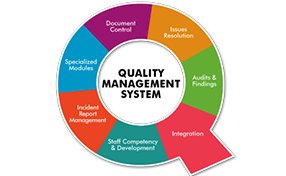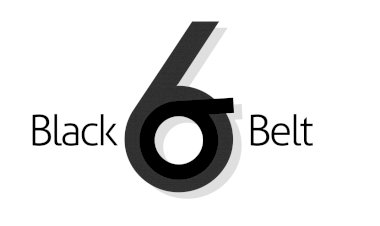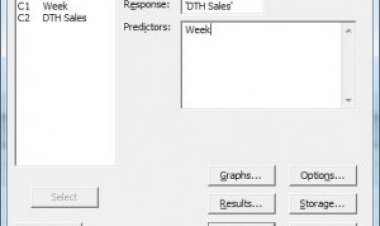Salient Features of a Sound QMS
Some silent features of QMS are Management commitment, Continual Improvement, Test of Design, Awareness Program, Corrective & Preventive Action etc.

Some silent features of QMS are Management commitment, Continual Improvement, Test of Design, Awareness Program, Corrective & Preventive Action etc.
QMS_Salient Features
· Management Commitment
At every step of QMS development & implementation the management of the organization should be actively involved.
· Internal Audit & Independence of Internal Auditors
To ensure that the QMS remains effective and the documented processes are being adhered to, quarterly audits are being performed by independent auditors. (The periodicity may differ from organization to organization depending on the organizational maturity etc. One should keep in mind that audit is a cost hence overdoing audit is never advisable unless it is a new system, and /or it is critical to organizational success or customer satisfaction).
Organization should ensure independence of the Internal Audit process by getting the quality function to report to the highest office of the organization.
· Corrective & Preventive Action
For all process or product non conformities, the process of RCA should be in place and for all non conformities a formally documented Corrective Action Plan is mandatory.
· Continual Improvement
Organization should aim at continual improvement of processes as part of our endeavor for operational excellence. As an auditor, one should spend time with the process owners to understand what endeavors have been made to improve the system.
· Documented Process
All processes in the organization are formally documented and communicated to all employees. They should be adequately version controlled, review process defined and availability, integrity & confidentiality of information be ensured. Organization may choose to have central repository that ensures availability of the documents on a need to know basis, while ensuring suitable controls of availability, integrity & confidentiality of information.
· Test of Design
All processes created should be tested for their design intent (if they meet all the CTQ that have been identified, all process handshakes provisioned for etc.). While auditing or implementing processes one should do due diligence to understand the needs of various stakeholders and process bottlenecks.
· Awareness Program:
There should be an awareness program mandated for all processes with defined set of audience. To monitor the design and effectiveness of these programs there should be a well defined audit process in place.
· Implementation & Test of its Effectiveness
All processes implemented should be verified through internal & external audit process for their
effectiveness.
Periodicity of Audits and their scope should be pre-defined.
· Management Involvement in Audit and Audit outcome
Management and the leadership team of the organization is actively involved at every step of the process design ,review, review of the review of the audit results, non-conformities and their closure resulting out of corrective & preventive actions.
· Documentation Hierarchy
The Organization should have a minimum of 3 tier process documentation approach.
Level 1 Constitutes of the Organizational Quality Policy, Manual and organizational objectives.
Level 2 Documents are specific to departments and constitutes of department manuals, department objectives, SOP, Work Instructions, standards and guidelines etc.
Level 3 Should constitute of the templates, checklist etc. The diagrammatic representation of the same is given above (See Typical Quality Pyramid in Organizations)
2 thoughts on “Salient Features of a Sound QMS”

 Pankaj Kumar
Pankaj Kumar 





























Comments (0)
Facebook Comments